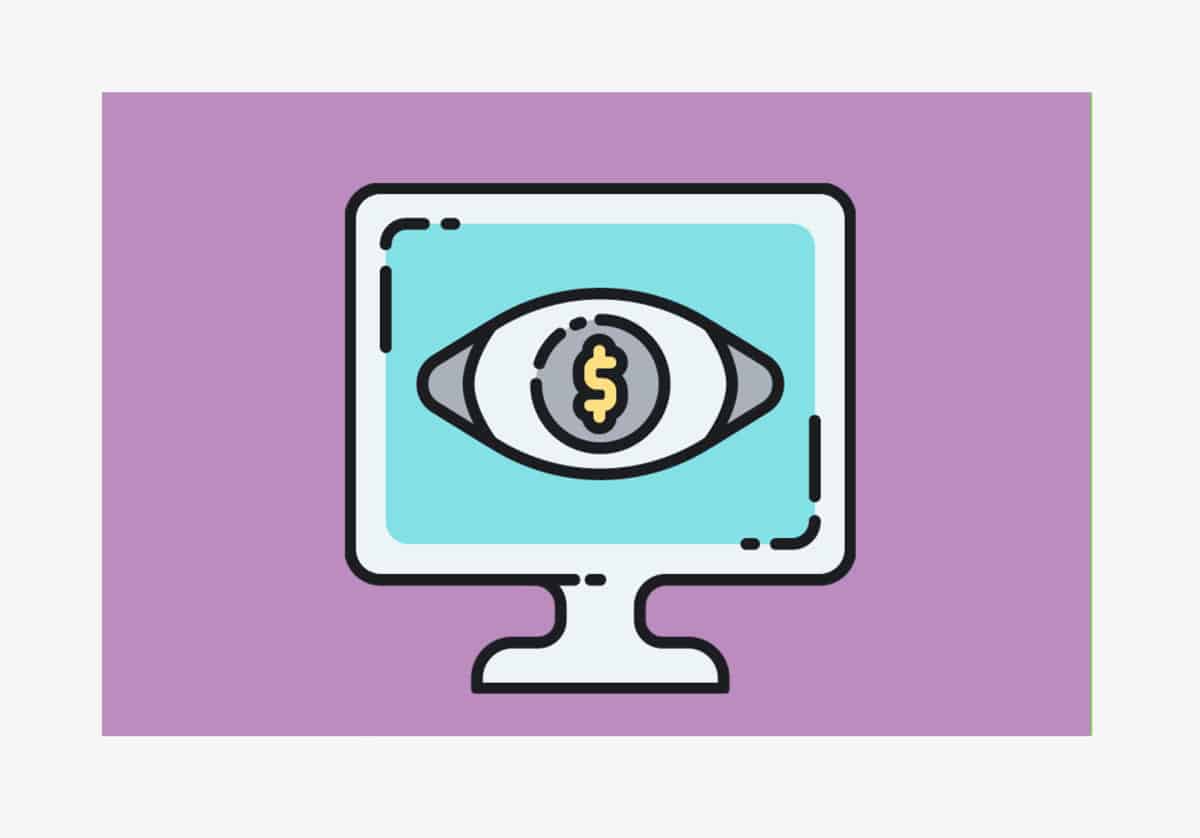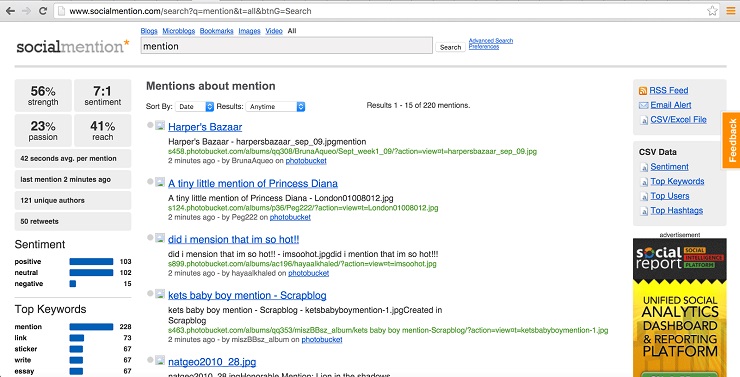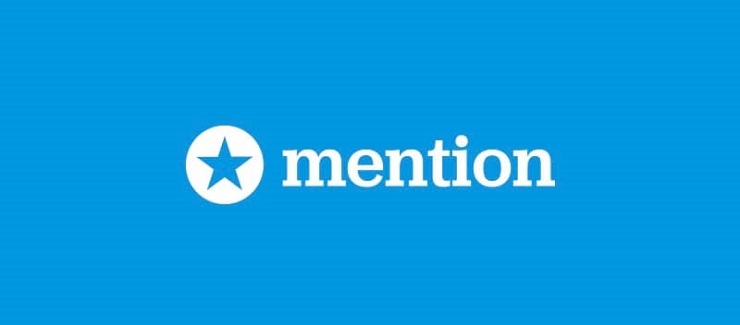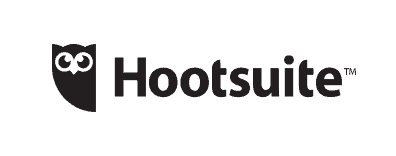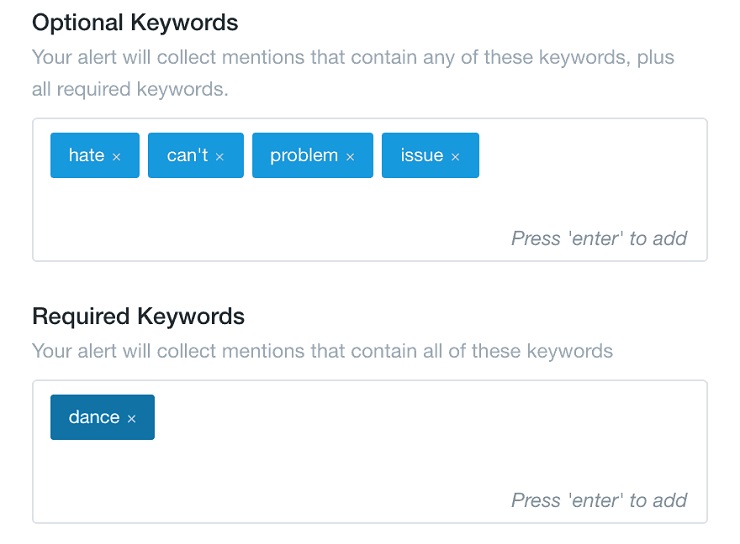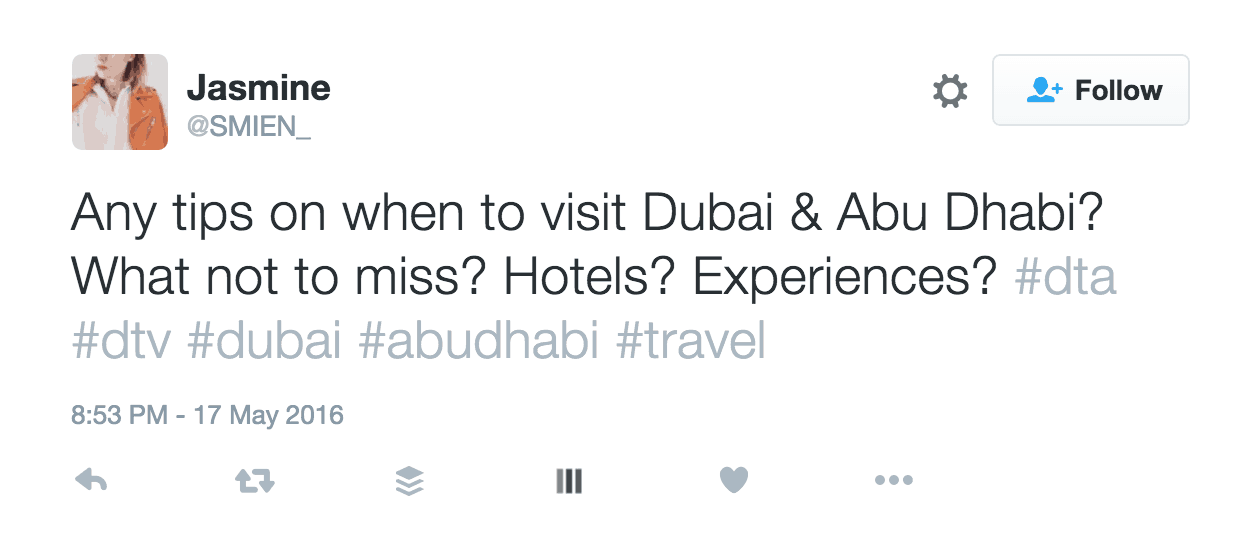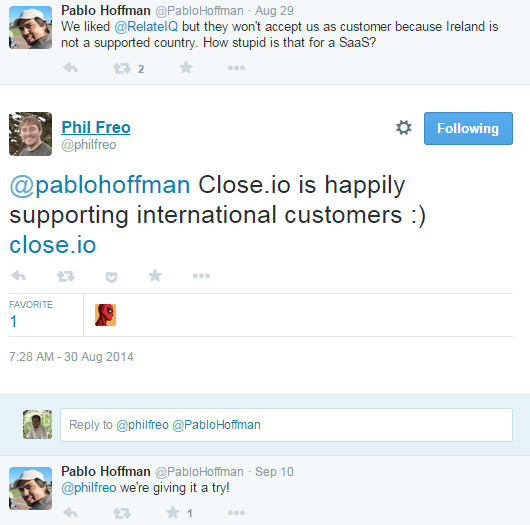If you’re using social media as a tool for building your brand’s profile, good job.
If your profiles are well crafted and personable, very nice.
If you’re engaging with users and spreading the word, even better.
Social media is the perfect place for all of this. Companies, especially small ones, use social media to craft an identity and interact with fans.
But can it lead to sales?
According to Quicksprout, only 6% of small businesses use social media to generate sales. Compare that with the 39% who use it to increase exposure, and the 15% who use it to bring in site traffic.
That seems crazy.
Not only can social media generate leads, it’s highly cost effective. It’s reduced marketing costs for 45% of businesses, while increasing revenue for 24%.
We want to show you some simple strategies for generating sales through smart social media monitoring.
What you’ll need
A social listening tool. There are a ton on the market, but here are a few of our favorites.
Social Mention
Social Mention is a basic keyword search engine. You can filter by source, so if you only want to see mentions from Pinterest, you can.
Different metrics tell you the tone of conversation, how many people it’s reaching, and how likely it is for the conversations to continue. They also offer an RSS feed and automatic email alerts. Just set up your alerts and wait for them to flood in.
Mention
Of course, we love our own app. You can monitor what’s being said about any name or keyword on any social network, then react and analyze conversations.
Specifically for social media:
• A designated Twitter dashboard to monitor and improve your account’s performance.
• Join Facebook, Twitter, and Instagram conversations directly from the app.
• Monitor and analyze competitors’ social media strategies.
• Identify and interact with the important influencers in your niche
Hootsuite
Another popular tool is Hootsuite, a full social media suite with a little to offer for every area of social marketing. You can schedule posts, curate streams based on Twitter lists or keywords, and collect analytics, to name a few features. Once you’ve picked your tool, time to start listening.
What is social listening?
This is the catchall term for monitoring what’s said on social media. It means listening to conversations, so you know what people are talking about. Trust me, there’s a lot being said out there.
All this information is wonderful for sales. Social media conversations give you the chance to collect data that never used to be freely available. Before, you needed focus groups and surveys. Now, people put their thoughts out there for everyone to see them.
Why is this useful? Social listening lets you:
- Monitor your own brand
- Help people solve their problems
- Monitor competitors—and their customers
- Find and work with influencers
Let me show you exactly how each of these points leads to sales.
1. Monitor your own brand
Following what’s said about you on social media is fairly simple. You get Twitter and Facebook notifications when people use your brand name, so you can rely on those apps, right?
Sorry. Thirty percent of people mentioning a company don’t include the “@” symbol. You’re going to miss a lot of conversations about you if you only use Twitter’s notifications. And the same goes for every other social network.
Why does that matter? For one, you’ll miss valuable feedback about your product. If people are tweeting “Company X is good, but…” don’t you want to know what comes next?
You also have the added benefit of providing customer care to people who don’t know how to find you. If you can keep a customer happy, that’s recurring revenue right there. And repeat money spends just as well as new money.
Then there’s sales. Hopefully, people are trying to decide whether to use your brand right now. Maybe they’re also considering your competitor. When someone writes a Facebook post that reads “I can’t choose between Company X and Business Y,” you have a narrow window to help them decide. The same is true for “Why should I use Brand Z?” or even better, “How do I sign up for Service S?”
We regularly speak to Mention customers who use this exact tactic to close sales. They watch online forums and digital media, and politely contact people looking for help. It really works.
2. Help people solve their problems
No matter what you’re selling, you’re offering solutions. You know people have specific problems, you just need to know how to find them.
Thankfully, social media users are more than happy to complain. They’ll let you know exactly what’s troubling them. That’s perfect for businesses trying to reach new audiences.
Let’s say you’ve just built an app that teaches people revolutionary new dance moves that anyone can do (patent pending!). Social monitoring lets you set up combinations of keywords to find the perfect customer.
Now, when people say things like “my biggest problem is I can’t dance,” or “I hate learning new dance moves,” you’re the first to know.
The next step? Reach out to them directly. Show them your shiny new creation. Let your inner entrepreneur take over.
Or, let’s say you’re a hotel chain, with 10 locations around the Middle East. When people are planning a trip to Bahrain or Dubai, they’ll typically ask around for advice. Wouldn’t you like to be the one to provide it?
Set up alerts for each of your locations, and be ready to respond when people need help. Provide useful information, and start a conversation. At the end, let the user know where they can find you, and Bob’s your uncle.
What’s nice is that you don’t have to go searching. Your social media monitoring tool crawls all major social media platforms, and alerts you when something comes up. You can focus on other important things.
True story: I tried manually looking for a tweet like the one above, and it was a nightmare. Total waste of time. Then I remembered I work for a monitoring company, and I had an example moments later. Social listening tools are the best!
3. Monitor competitors—and their customers
It seems a little sneaky, but monitoring your competitors is essential. You can learn a lot from their marketing strategies, and what their customers say.
The good news is, it’s also dead simple. Social media makes a huge amount of information publicly available. You just have to look for it.
But how does competitor monitoring lead to sales? Glad you asked.
One of Mention’s clients is One World Direct. They do “logistics,” which involves things like storage, shipping, and just making stuff work. They use our tool to monitor social media and forums. When they find a competitor’s unhappy client, they reach out. “Hey, I see you’re having problems here. We do this too, by the way.”
This is one of their favorite lead generation tactics. “We’ve signed some very large clients who legitimately had big gripes and they didn’t really know about us. So bringing that awareness to them just really helped out.”
Close.io did the same thing, and it led to $585 in monthly recurring revenue, from one tweet:
You can read more about their story here.
4. Find and contact influencers
Foundr Magazine is big on influencers. They’ve given you the ultimate guide to finding and interviewing them, and it’s a key topic in CEO Nathan Chan’s Instagram Masterclass we recently held.
If you aren’t sure what we’re talking about, influencers are industry VIPs. If you can get one of them to talk about your brand, it’ll go a long way.
As Kristen Matthews of GroupHigh says, “you don’t usually trust a person at a cocktail party who comes up to you and brags about himself or herself…but you often believe your mutual friend who vouches for that person.”
Think of influencers as your customers’ best friends. You need their approval to get an introduction.
They help you:
- Build your brand: A ringing endorsement can send your products into the mainstream.
- Convert and sell: Users buy products and sign up for newsletters based on the influencer’s recommendation.
- Increase your presence: A mention from an influencer can put your brand in front of a whole new group of prospects.
Influencer marketing is big business. Bloggers are routinely making up to $5,000 for a little product placement, and we all know how successful Instagram models have become. Being able to easily find influencers—without going through an agency—is a great advantage.
Good social monitoring tools provide you with an influencer score, which tells you who the most influential people in your industry are (and where to find them). Every time someone uses one of your keywords, your tool tells you how important that person is. If you’ve never spoken to them before, make an introduction.
Build an influencer strategy using your listening tool as a starting point. Make connections, scratch each other’s backs, and watch your company take flight.
For more ideas on tools for social media marketing, check this article
There are a million ways to sell a cat. I believe that’s the expression. I hope I’ve given you a few more ideas. We have clients using these strategies right now, and seeing real results.
Since I know you’re already using social media—probably to find customers—why not make the most of it?
What about you? Are you using social media to make sales? Any great tips?
